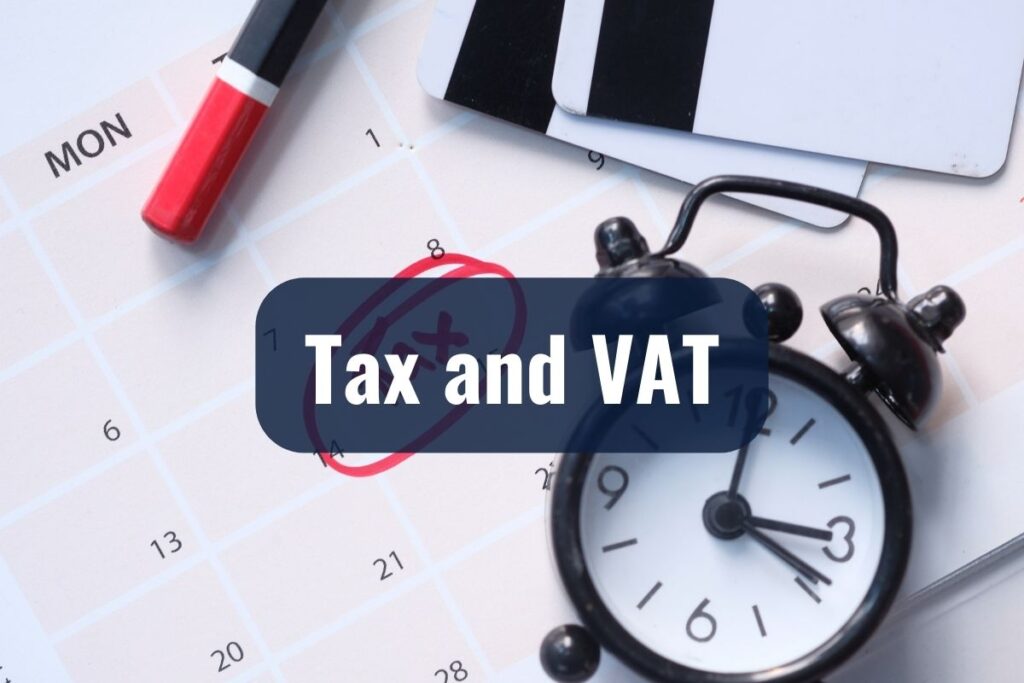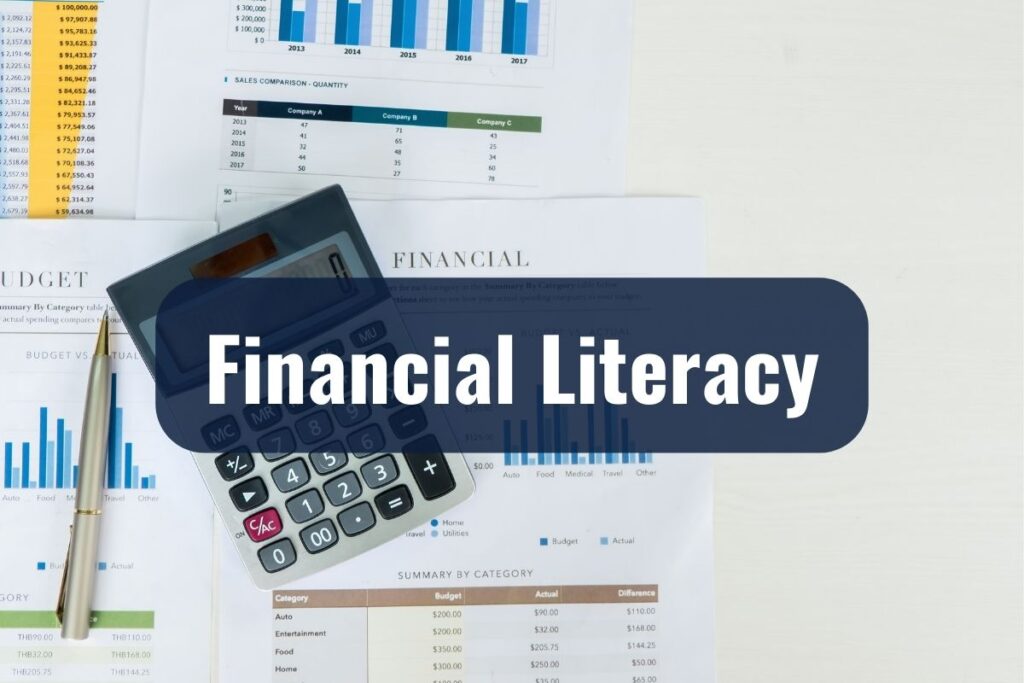The Norwegian Krone, abbreviated as NOK, is the official currency of Norway and its dependent territories. The name “Krone” translates to “crown” in English, and it was introduced as Norway’s currency in 1875, replacing the Norwegian speciedaler.
This article aims to equip you with a comprehensive understanding of the Norwegian Krone—how to handle it, where to exchange it, and the general norms surrounding its use.
Key Takeaways
- The Norwegian Krone (NOK) is Norway’s official currency.
- For the best exchange rates, compare different service providers.
- Norway heavily favors card payments over cash.
- Opening a local bank account offers flexibility and convenience.
- Tipping is appreciated but not mandatory.
- Price tags in Norway typically include VAT, making budgeting more transparent.
Importance of Understanding the Currency
Understanding the Norwegian Krone is essential for anyone living in or visiting Norway, as it will be a part of everyday transactions, whether you are shopping for groceries, paying a bill, or dining out.
When you’re new to a country, everything from navigation to communication can seem daunting. Finances are a critical aspect of settling into life in Norway, and getting to grips with the local currency is step one.
The Basics of Norwegian Krone (NOK)
Banknotes and Coins
The Norwegian Krone is subdivided into 100 øre, although øre coins are no longer in circulation as of 2012. Banknotes come in denominations of 50, 100, 200, 500, and 1000 kroner. These notes are color-coded for easy identification: the 50-kroner note is green, the 100 is red, the 200 is blue, the 500 is yellow, and the 1000 is purple.
Coins are used less frequently but are still in circulation. They come in denominations of 1, 5, 10, and 20 kroner. Each coin has its distinct size and design, making it easy to distinguish one from another.
Currency Code and Symbol
The currency code for the Norwegian Krone is NOK, and its symbol is kr. When prices are listed, you’ll often see this format: 100 kr or NOK 100. Either way, both refer to the same amount in Norwegian currency.
Currency Exchange

Where to Exchange Currency
If you arrive in Norway with foreign currency, there are several options available to you for converting it into Norwegian Krone. Banks and dedicated currency exchange offices are common in major cities and airports. Additionally, some hotels offer currency exchange services, although their rates may not be as favorable.
Exchange Rate Factors
The exchange rate for converting your money to Norwegian Krone depends on various factors including the current financial market, geopolitical events, and the provider’s own set rates. Online tools and apps are available that provide real-time exchange rate information, which can be useful for estimating how much you will receive after the conversion.
When making larger transactions or investments, understanding the factors that influence exchange rates can help you make more informed decisions. However, for everyday transactions, the rates offered by local banks and currency exchange services should suffice for your needs.
Handling Cash and Card Payments
Prevalence of Card Usage
Norway is increasingly becoming a cashless society. Card payments are the norm for almost all types of transactions, from supermarkets and restaurants to even small kiosks and public transport.
Credit and debit cards from major providers like Visa and MasterCard are widely accepted. Contactless payments are also becoming more common, providing a quick and convenient option for smaller purchases.
ATMs and Their Locations
While the use of cash is less frequent, there may be situations where you’ll need it. ATMs, known locally as “minibanks,” are readily available in most urban and suburban areas. They offer services in multiple languages, making it easy for non-Norwegian speakers to withdraw cash.
Some ATMs also provide the option to withdraw foreign currency. Note that fees may apply, especially if the ATM belongs to a bank different from yours. It’s recommended to always carry a small amount of cash for emergencies or for places that might not accept card payments. However, such situations are increasingly rare.
Banking in Norway

Opening a Bank Account
If you’re planning on staying in Norway for an extended period, opening a Norwegian bank account can be a wise move. To open an account, you’ll generally need to provide identification, proof of address, and sometimes, a work contract or proof of income. Once the account is set up, you will receive a debit card and possibly a credit card, depending on your eligibility and the bank’s policies.
Most Norwegian banks offer online and mobile banking services, which are often available in English. These services make it easy to manage your finances, pay bills, and transfer money both domestically and internationally.
Mobile Payment Options
Norway has embraced mobile payments, with apps like Vipps becoming increasingly popular. Vipps allows you to link your Norwegian bank account to your phone number, making it convenient to send and receive money instantly. You can pay for goods and services, split bills among friends, or even pay for parking with the app.
Tipping Etiquette
General Norms on Tipping
In Norway, tipping is generally not mandatory, but it is appreciated for good service. The cost of service is often included in the bill at restaurants, hotels, and taxis. However, it is common to round up the amount to the nearest 10 or 100 kroner as a tip. For example, if your restaurant bill is 475 kr, rounding it up to 500 kr is a polite way to show appreciation for good service.
Tipping is less common in other service sectors like hairdressers or grocery stores. In these settings, tipping is not expected and is entirely at your discretion.
It’s worth noting that tipping practices can vary depending on the city or region you’re in, as well as the specific establishment. Some higher-end restaurants and hotels may have their own tipping guidelines, so it’s always a good idea to check or ask discreetly if you are unsure.
Tax and VAT

| Item/Service Category | VAT Rate |
| Standard Goods | 25% |
| Food | 15% |
| Public Transport | 12% |
How It Impacts Prices
In Norway, a Value Added Tax (VAT) is applied to most goods and services, affecting the final price you pay. The standard VAT rate is 25%, although there are lower rates for certain items like food, which is taxed at 15%, and public transport, which carries a 12% VAT.
The prices displayed in stores usually include VAT, so what you see is what you pay. This differs from some countries where tax is added at the point of sale.
VAT Refunds for Tourists
If you are a tourist visiting Norway for a short period, you may be eligible for a VAT refund on goods you take out of the country. To qualify, you must make a purchase of at least 315 kr (including VAT) from a single retailer on the same day. Upon making the purchase, request a VAT refund form from the retailer.
When you leave Norway, you’ll need to get the form stamped by customs. Once stamped, you can claim your refund at a VAT refund kiosk, usually located at the airport or border crossing points. The refund can be received in various forms, including cash or as a credit to your card.
Shopping and Price Level
Cost of Living
Norway is known for its high standard of living, which is reflected in its generally high price levels. Daily goods like groceries, clothing, and electronics are often more expensive compared to other countries.
Imported goods can carry particularly high costs due to import taxes and VAT. While this may be an adjustment for newcomers, it’s important to note that wages in Norway are also generally high, which balances out the cost of living to some extent.
Shopping Tips for Foreigners
When shopping in Norway, looking out for promotions and discounts can be beneficial. Many supermarkets offer loyalty cards that give you access to special offers, and apps often alert you to ongoing sales. Seasonal sales, particularly after Christmas and in the summer, are good times to buy clothing and other non-essential items at discounted prices.
Farmers’ markets and local shops can also offer competitive prices for fresh produce, and buying in season can save you money. If you’re looking for specialty international foods, consider visiting ethnic stores where prices may be more reasonable than mainstream supermarkets.
Financial Literacy

Understanding Price Tags
In Norway, price tags usually include VAT, so the price you see is the final price you pay. This makes it easier to budget your expenses as there are no hidden fees added at the checkout. However, it’s important to note that some services, such as dining in restaurants or staying at hotels, may include a service charge that is separate from the listed price. Always check your bill to see if this is the case.
Reading and Understanding Bills
Managing your finances in a new country often involves familiarizing how bills and invoices are presented. In Norway, bills for utilities like electricity, water, and internet are usually straightforward and may even offer English-language options for easier understanding. Payment details, due dates, and other important information are clearly outlined.
Online portals and mobile apps offered by service providers often include features that allow you to view, manage, and pay your bills easily. Setting up automatic payments through your bank or the service provider can ensure that you don’t miss any due dates, helping you avoid late fees.
Being financially literate in Norway involves more than just understanding the currency; it also means being able to manage bills, read price tags, and make informed financial decisions. Taking the time to understand these elements will not only help you manage your day-to-day finances but also give you peace of mind as you navigate life in a new country.
Frequently Asked Questions
Can I Pay in Euros or Dollars in Norway?
The official currency in Norway is the Norwegian Krone (NOK), and it’s rare to find establishments that accept other currencies like Euros or U.S. Dollars. Some tourist-focused businesses might accept other currencies, but the exchange rate will likely not be favorable. It’s best to use NOK for all transactions.
Are Credit Cards Widely Accepted?
Yes, credit and debit cards are widely accepted in Norway, including in most shops, restaurants, and even in taxis. It’s always a good idea to carry some cash for smaller establishments or in case of a technical issue with card machines.
What is Vipps?
Vipps is a popular mobile payment app in Norway that allows for easy transfer of money between friends and family, as well as for payments in a variety of settings. To use Vipps, you generally need a Norwegian phone number and bank account.
Is Tipping Mandatory?
Tipping is not mandatory but is appreciated for good service. In restaurants, it’s common to round up the bill to the nearest 10 or 100 kr. For other services, tipping is less common and entirely discretionary.
How Can I Get a VAT Refund?
Tourists in Norway can get a VAT refund on goods purchased if they spend over 315 kr at a single retailer on the same day and take the goods out of the country within 30 days. To claim your refund, request a VAT refund form at the point of purchase and have it stamped by customs when you leave the country. Refunds can be claimed at the airport or border crossing points.
Are ATMs Easily Accessible?
Yes, ATMs, locally known as “minibanks,” are commonly found in both urban and rural areas. They offer services in multiple languages and provide the option to withdraw both NOK and sometimes foreign currency.


